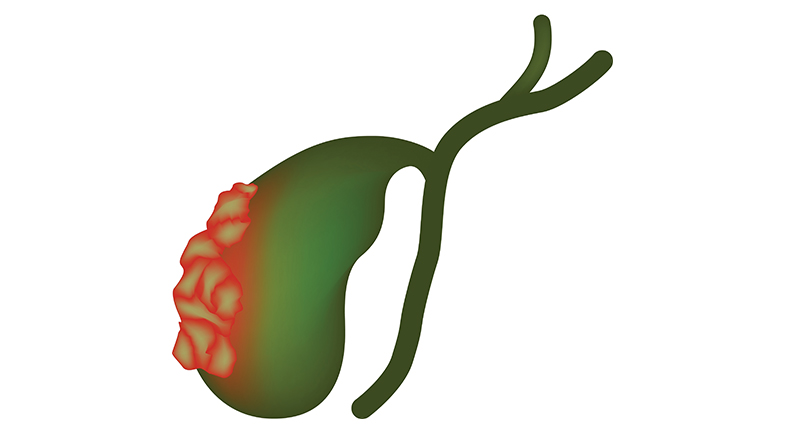Scientists design self-operating nanomachines
-
- from Shaastra :: vol 03 issue 08 :: Sep 2024

Researchers create standalone, intelligent nanomachines using organic molecules.
More than a decade ago, organic chemist Subrata Ghosh began collaborating with Anirban Bandyopadhyay of the National Institute for Materials Science (NIMS) in Japan on a project to create a "nano-brain" – an intelligent nanomachine. In a recent study, Ghosh and his colleagues report (bit.ly/nano-mcn) a significant step towards realising this goal.
The researchers designed a programmable molecular machine with fluorescent properties. Ghosh and his students synthesised the whole molecular machine in the lab. "We planned a standalone, self-operating machine that works without any external logical information," says Ghosh, now a Principal Scientist at the Council of Scientific & Industrial Research (CSIR)-led North East Institute of Science and Technology (NEIST) in Assam.
The tiny machine is built with three components: carrier, controller and motor. The carrier is a spherical polymer called PAMAM dendrimer, also known as 'starburst' because its structure looks like a star in explosion. It is often used to deliver drugs. Like any vehicle, this tiny machine has a control unit. Nile red molecules serve as the controller, placed inside the hollow core of PAMAM. These molecules act as a switch that can turn on or off. What makes Nile red special is that it can undergo multiple electron exchanges at once, allowing the machine to make several decisions at the same time. Ghosh compares it to how one neuron can trigger multiple actions at once. The team created double rachet motors using molecules and attached 32 such motors on the exterior of the starburst molecule that make the machine dynamic. Altogether, these three components form a wire-like structure just a few nanometres in length. "We call it a machine because we assembled components to generate a dynamic outcome from this structure," Ghosh remarks.
Researchers have designed a programmable molecular machine with fluorescent properties.
The nanomachine activates at normal temperatures by drawing heat from its surroundings. It moves randomly, with its three components able to communicate and make decisions. Creating a fluorescent material wasn't the primary goal but the researchers discovered that the machine emits diverse colours of light in different environments. This feature could aid in developing advanced drug delivery systems. In the next phase, the team plans to add organic sensors to enhance the machine's intelligence.
"This study introduces cutting-edge concepts from molecular motors, luminescence of aggregated molecules and nanotech to pioneer new fluorescent material with a wide domain of applications in technology and science," says Duhita Sengupta, a biophysicist and post-doctoral researcher at the Paul Scherrer Institute, Switzerland, who was not involved in the study.
Have a
story idea?
Tell us.
Do you have a recent research paper or an idea for a science/technology-themed article that you'd like to tell us about?
GET IN TOUCH














